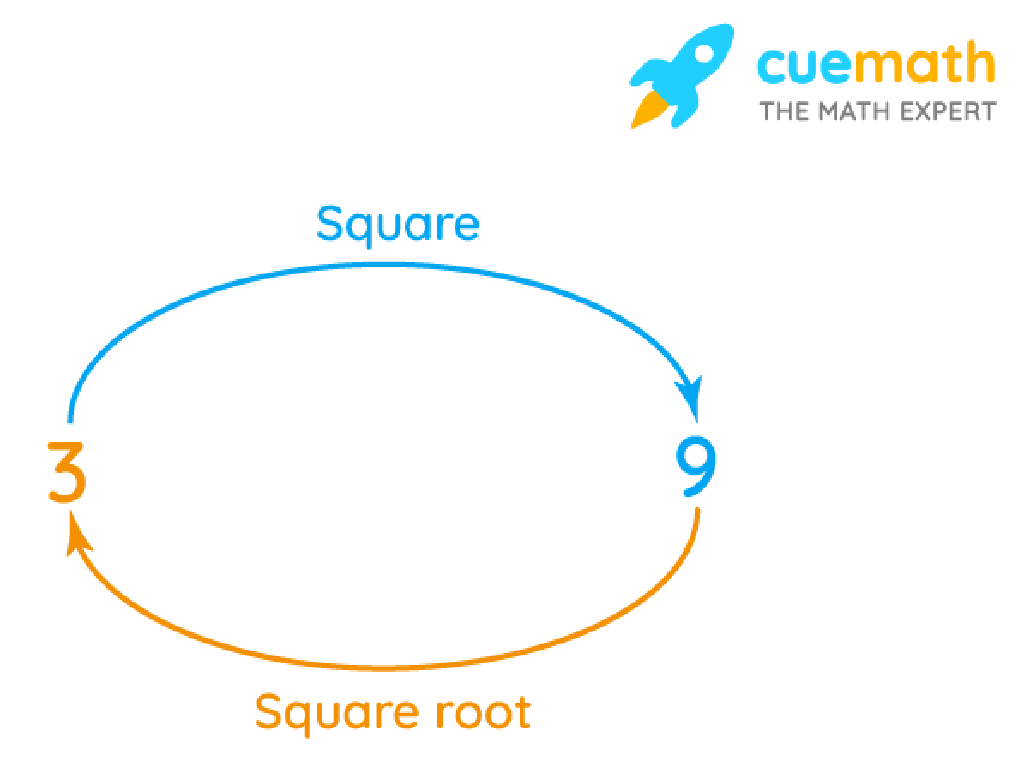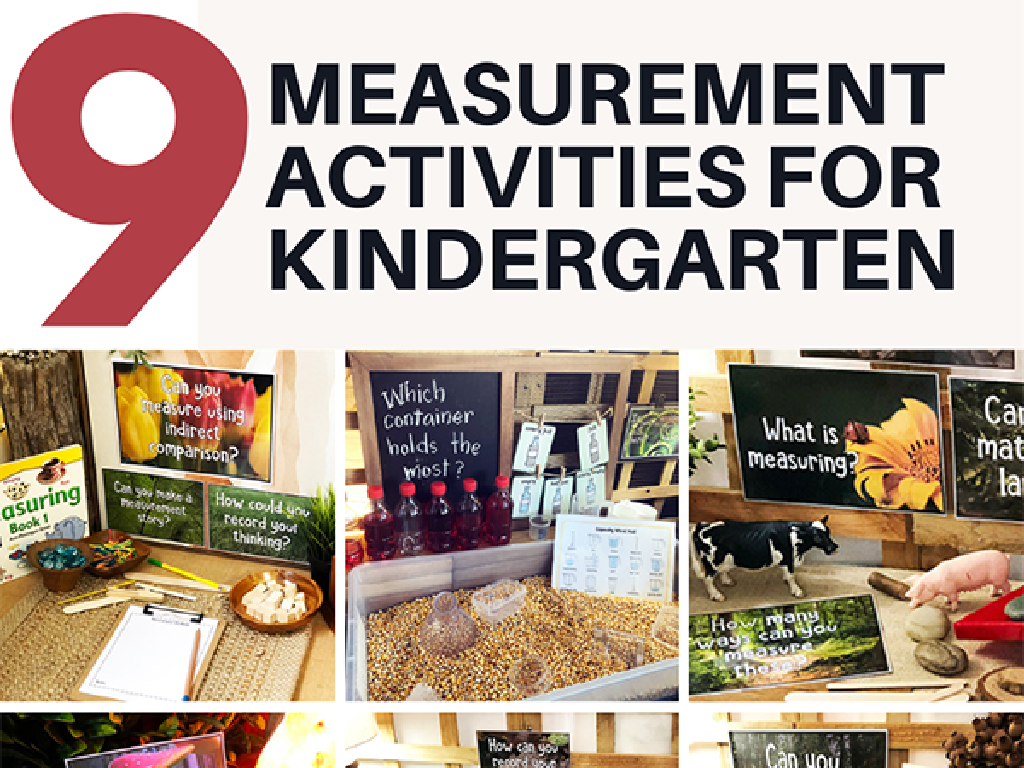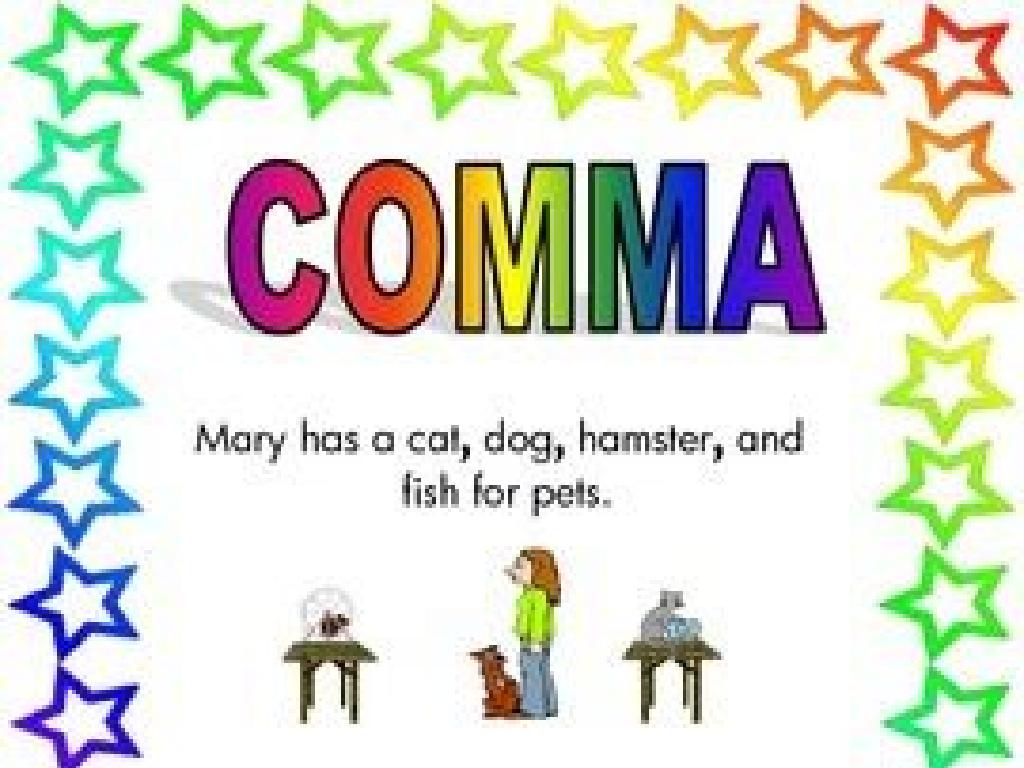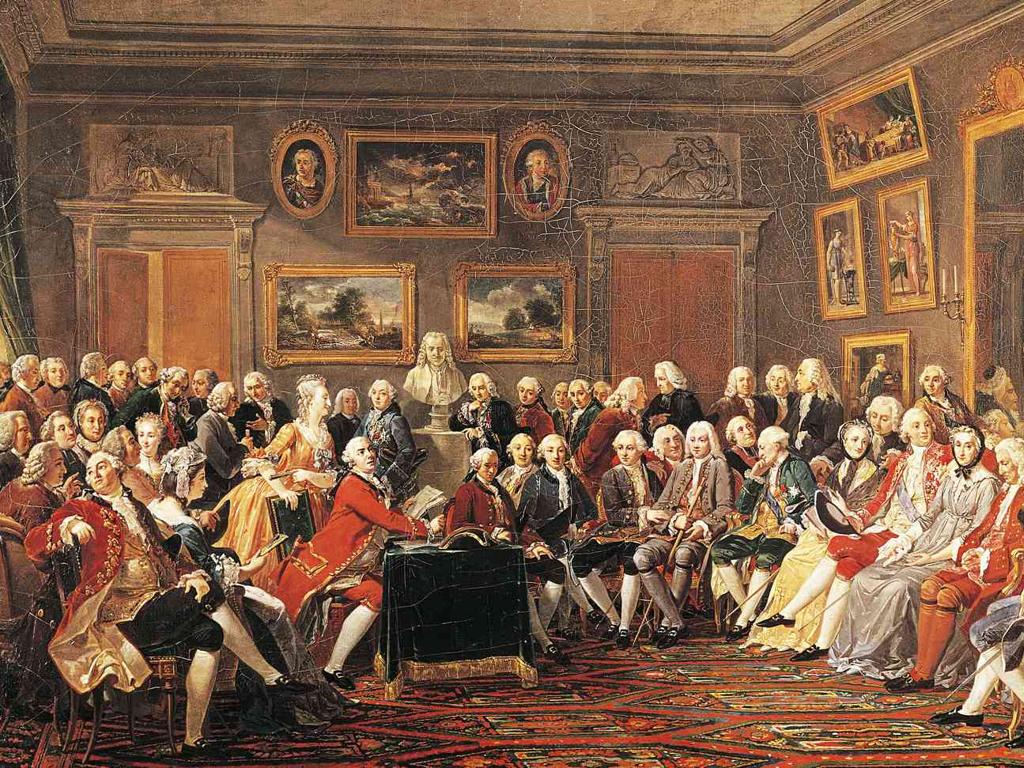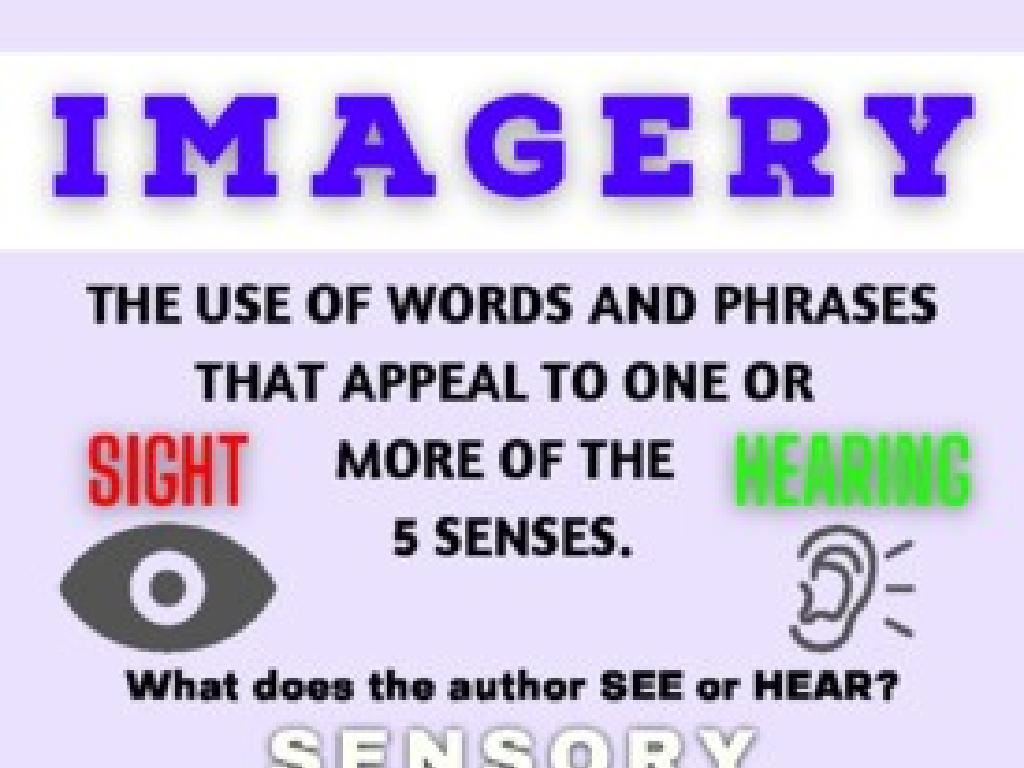Add And Subtract Money Up To $1: Word Problems
Subject: Math
Grade: Second grade
Topic: Add And Subtract Money Up To $1
Please LOG IN to download the presentation. Access is available to registered users only.
View More Content
Introduction to Money: Coins and Bills
– Learn about coins and bills
– Recognize pennies, nickels, dimes, quarters
– A penny is 1 cent, nickel is 5 cents, dime is 10 cents, quarter is 25 cents
– Understand the one dollar bill
– A one dollar bill is equal to 100 cents
– Each has a unique value
– Knowing the value helps with adding and subtracting money
|
This slide introduces students to the basics of U.S. currency, focusing on coins and the one dollar bill. Start by showing real or play coins and a one dollar bill, explaining that money is used to buy things. Teach them to identify each coin by its size, color, and the number it represents. Explain that 100 pennies make a dollar, just like 20 nickels, 10 dimes, or 4 quarters. Emphasize that understanding the value of each coin and bill is crucial for learning how to add and subtract money. Use simple word problems to practice adding up coins to make a dollar and subtracting coins from a dollar. Encourage students to bring in examples of items they could buy with different amounts of money.
Counting Money: Coins and Bills
– Learn to count using money
– Use quarters, dimes, nickels, and pennies
– Start with the biggest coins
– Begin with quarters, then dimes, nickels, and lastly pennies
– Practice with different coins
– Example: 1 quarter (25¢), 2 dimes (20¢), 3 nickels (15¢), 4 pennies (4¢)
– Understand total value
– Add them up to find the total amount
|
This slide is aimed at teaching second graders how to count money effectively. Begin by explaining that money can be counted just like numbers, using coins and bills. Emphasize starting with the largest value coin, which is the quarter, and working down to the smallest, which is the penny. Use real coins or images to demonstrate counting with an example of 1 quarter, 2 dimes, 3 nickels, and 4 pennies. Show them how to add the value of the coins together to find the total amount. Encourage students to practice with different combinations of coins to become comfortable with counting money. This foundational skill will help them with more complex money calculations in the future.
Adding Money: Coins to Dollar
– Learn to add coins to make $1
– Understand the value of coins and how to combine them to sum up to one dollar.
– Example: Quarters to a dollar
– How many quarters do you need to have $1? Let’s count together: 1, 2, 3, and 4 quarters!
– Add same coins: 4 quarters = $1
– Practice with quarters: If you have 1 quarter, how many more do you need to make $1?
|
This slide introduces the concept of adding coins to make a dollar, which is a fundamental skill in understanding money and its value. Start by explaining the values of different coins (penny, nickel, dime, and quarter) and how they can be added together to reach $1. Use the example of quarters to illustrate this concept, as they are a simple division of a dollar. Encourage the students to think about other combinations of coins that can make a dollar as well. Provide real coins or manipulatives for hands-on practice if possible. This will help students visualize and better understand the concept of adding money.
Subtracting Money: Making Change
– Learn to subtract from $1
– Example: $1 – 25 cents
– If you start with $1 and spend 25 cents, you have 75 cents left.
– Practice with scenarios
– Try subtracting different amounts, like 50 cents or 30 cents from $1.
– Understand subtraction results
– Learn to figure out how much money you have after spending.
|
This slide is aimed at helping second graders understand the concept of subtracting amounts of money from a dollar. Start by explaining that when we spend money, we subtract that amount from what we have. Use the example provided to show how to subtract a quarter from a dollar. Encourage students to think about what they could buy with the remaining amount. Provide various scenarios for practice, such as buying a pencil for 10 cents or an eraser for 50 cents, and ask students to calculate the change they would receive from a dollar. Reinforce the concept that subtraction tells us how much money is left after making a purchase. This will help build their confidence in dealing with money and improve their subtraction skills.
Adding Money with Word Problems
– Read a story problem aloud
– Recognize different coins
– Identify pennies, nickels, dimes, and quarters
– Work through the problem
– Add the value of coins together
– Discuss our answers
|
This slide is aimed at helping second-grade students understand how to approach word problems that involve adding money. Start by reading a story problem to the class that involves a real-life scenario of adding money, such as buying fruit from a store. Then, help students identify the coins mentioned in the problem, ensuring they can distinguish between pennies, nickels, dimes, and quarters. Next, solve the problem as a class by adding the value of the coins together. Encourage students to participate in finding the solution and to explain their thought process. Finally, discuss the answers as a class to ensure understanding. Possible activities could include using play money to simulate the story problem, drawing the coins on the board, or having students come up to the front to demonstrate their solutions.
Subtracting Money with Word Problems
– Understand story problem subtraction
– Read the problem, find the total cost and amount paid
– Determine coins for payment
– If an item costs 75 cents and you pay with $1, which coins do you get back?
– Calculate remaining money
– After paying 75 cents with $1, you have 25 cents left
|
This slide aims to teach students how to approach word problems involving subtraction of money. Start by reading the problem carefully to understand the scenario. Discuss with students how to identify the total amount needed and the amount paid. Then, guide them to figure out the coins they would use to make the payment. For example, if something costs 75 cents, and they pay with a dollar, what coins will they receive back? Finally, help them calculate the change they would have left after making the purchase. Encourage students to think about the different ways to make up the total cost with coins and how to subtract to find the remaining amount. Provide several examples and practice problems to ensure understanding.
Let’s Practice Adding and Subtracting Money!
– Interactive money addition/subtraction
– Use real or play money for practice
– Helps understand value of different coins/bills
– Pair up for word problem activities
– Take turns to solve problems, help each other
– Discuss solutions with the class
– Share how you solved the problem with classmates
|
This slide is designed for an interactive class activity focused on adding and subtracting money up to $1. Provide students with real or play coins and bills to facilitate a hands-on learning experience. Encourage them to work in pairs to solve word problems, which promotes collaborative learning and problem-solving skills. After the activity, have a discussion session where each pair can share their solutions and methods with the class. This will help reinforce their understanding and allow them to learn from each other. Possible activities: 1) Buying items from a classroom ‘store’ with play money, 2) Exchanging coins and bills to make exact amounts, 3) Role-playing as cashier and customer, 4) Creating their own word problems to challenge classmates.
Class Activity: Running a Store
– Create a classroom store
– Engage in buying and selling
– Use play money to transact with peers
– Practice making change
– Ensure to give the right amount of change back
– Reflect on the activity
|
This activity is designed to give students practical experience with adding and subtracting money through a fun and interactive classroom store. Each student will have the opportunity to set prices for items under $1 and use play money to conduct transactions. They will practice their subtraction skills by calculating the correct change to give back to ‘customers.’ Encourage students to take turns being the shopkeeper and the customer. Possible variations of the activity could include: 1) Offering discounts and calculating the new prices, 2) Handling returns and refunding money, 3) Exchanging items of equal value, 4) Purchasing multiple items and adding up the total cost. This hands-on experience will help solidify their understanding of money concepts in a memorable way.

